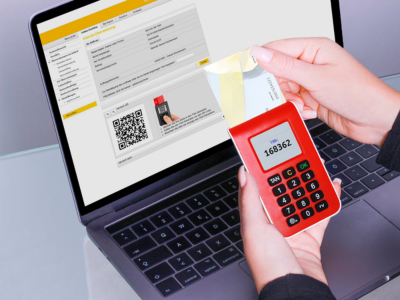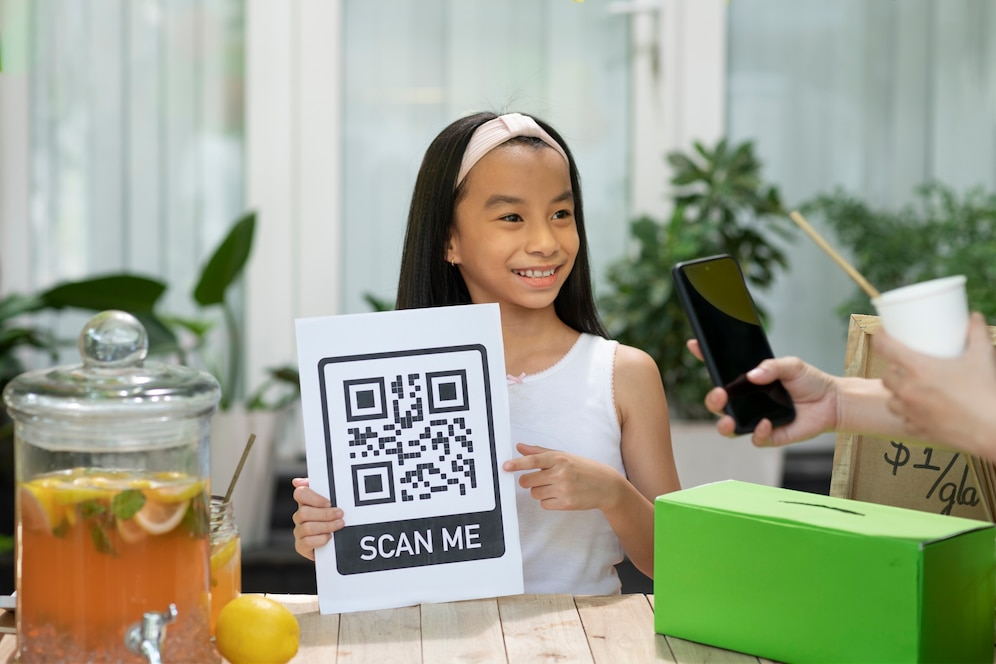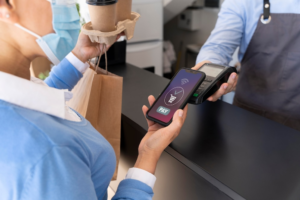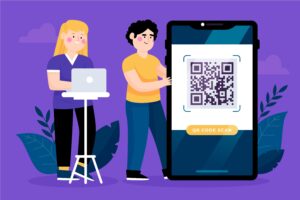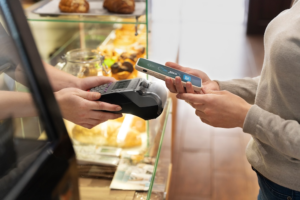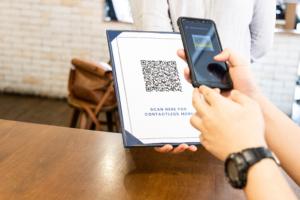Introduction
In today’s digital age, businesses and marketers are constantly seeking innovative ways to engage their target audience and enhance their marketing efforts. Two powerful technologies that have gained significant traction in recent years are QR codes and geolocation. When combined, these two technologies create a dynamic and immersive experience for users while providing valuable insights for businesses. This article explores the benefits of using QR codes and geolocation together, as well as best practices for implementing them effectively.
Understanding QR Codes
QR codes, or Quick Response codes, are two-dimensional barcodes that can be scanned using a smartphone or a QR code reader. These codes can store various types of information, such as website URLs, text, contact details, or even multimedia content. QR codes have gained popularity due to their ease of use and ability to connect offline and online experiences seamlessly.
The Power of Geolocation
Geolocation technology allows devices, such as smartphones, to determine their precise geographical location using GPS, Wi-Fi, or cellular data. This technology enables businesses to deliver location-specific content, services, and marketing messages to users based on their physical location. Geolocation has revolutionized the way businesses interact with their target audience and personalize their marketing efforts.
The Benefits of Combining QR Codes and Geolocation

- Enhanced User Experience: By combining QR codes and geolocation, businesses can create immersive and personalized experiences for users. Scanning a QR code can trigger location-specific content, such as exclusive offers, product information, or guided tours, providing users with relevant and engaging information.
- Targeted Marketing: QR codes integrated with geolocation enable businesses to deliver targeted marketing messages based on the user’s location. This ensures that users receive information that is relevant to their surroundings, increasing the chances of conversion and engagement.
- Real-Time Tracking: Geolocation allows businesses to track and monitor user interactions with QR codes in real-time. This data provides valuable insights into user behavior, such as popular locations, peak usage times, and user preferences, enabling businesses to refine their marketing strategies.
- Data Collection and Analysis: The combination of QR codes and geolocation facilitates the collection of user data, such as location, scanning frequency, and demographic information. This data can be analyzed to gain deeper insights into customer preferences, allowing businesses to optimize their marketing campaigns and tailor their offerings accordingly.
- Interactive Campaigns: QR codes with geolocation can be used to create interactive campaigns, such as scavenger hunts, location-based contests, or augmented reality experiences. These interactive elements not only engage users but also encourage social sharing, leading to increased brand exposure and user participation.
Implementing QR Codes with Geolocation
To implement QR codes with geolocation effectively, businesses should consider the following steps:
- Choosing a QR Code Generator: Select a reliable QR code generator that offers advanced features such as dynamic QR codes, customizable designs, and analytics tracking. Ensure compatibility with geolocation integration.
- Integrating Geolocation Services: Incorporate geolocation services or APIs into your application or marketing platform. This enables the retrieval of user location data and facilitates the delivery of location-specific content.
- Creating Geolocation-QR Code Campaigns: Design QR codes that are visually appealing and clearly indicate their purpose. Link these codes to location-specific content or offers that provide value to users based on their current location.
QR codes and geolocation integration
By integrating geolocation technology with QR codes, businesses can further enhance the user experience. Geolocation refers to the identification of an object’s location based on its geographic coordinates. When combined with QR codes, geolocation allows for context-aware experiences and targeted information delivery. For example, a QR code placed in a retail store could trigger a notification on a user’s smartphone, providing directions to the nearest store location or displaying personalized recommendations based on their current position.
Enhancing customer experience with geolocation
Geolocation technology offers numerous opportunities to improve customer experiences. For instance, businesses can use geolocation to provide real-time updates on the availability of products or services in nearby locations, helping customers make informed decisions. Geolocation can also facilitate personalized recommendations based on a user’s location, enabling businesses to offer tailored promotions or suggest nearby points of interest. Furthermore, integrating geolocation with QR codes can enable immersive augmented reality (AR) experiences, allowing users to view additional information or interactive content overlaid on their surroundings.
Use cases of QR codes and geolocation
The combination of QR codes and geolocation has found applications in various industries. In the retail sector, businesses can create interactive shopping experiences by placing QR codes on product labels or store displays, providing customers with instant access to detailed product information, reviews, or promotional offers. Restaurants can utilize QR codes to offer touchless menus, allowing customers to view the menu on their smartphones and place orders seamlessly. In the tourism industry, QR codes can provide tourists with audio guides, maps, or historical information about landmarks, enriching their exploration experience.
QR codes and geolocation for marketing campaigns
QR codes and geolocation can be powerful tools for marketers to engage their target audience. By incorporating QR codes into advertisements, flyers, or social media campaigns, businesses can drive traffic to specific landing pages or capture leads for further marketing initiatives. Geolocation can complement these efforts by providing location-specific offers, tailoring marketing messages based on the user’s proximity to a physical store, or creating interactive scavenger hunts with QR codes scattered throughout a city. These strategies not only generate buzz but also foster a sense of connection and excitement among consumers.
Best Practices for Using QR Codes and GeolocationBest Practices for Using QR Codes and Geolocation
To maximize the effectiveness of QR codes and geolocation campaigns, businesses should follow these best practices:
- Clear Instructions: Provide clear instructions on how to scan the QR code and indicate the value users will receive by doing so. Clear and concise messaging encourages user engagement.
- Mobile-Friendly Landing Pages: Ensure that the landing pages or websites users are directed to after scanning the QR code are mobile-friendly, optimized for a seamless user experience, and aligned with the specific location and campaign.
- Privacy and Permissions: Obtain proper consent and permissions from users before collecting and utilizing their location data. Clearly communicate your data usage and privacy policy to build trust and maintain compliance.
- Testing and Optimization: Regularly test and optimize your QR code campaigns with geolocation to improve performance. Analyze user data and feedback to make informed decisions and enhance the user experience.
ٖFAQs
What is geolocation technology?
Geolocation technology allows devices to determine their precise geographical location using GPS, Wi-Fi, or cellular data. It enables businesses to deliver location-specific content and services to users based on their physical location.
How can QR codes be used in conjunction with geolocation?
QR codes can be integrated with geolocation to trigger location-specific content, provide personalized experiences, and deliver targeted marketing messages based on the user’s physical location.
What are the benefits of combining QR codes and geolocation?
The combination of QR codes and geolocation offers enhanced user experiences, targeted marketing, real-time tracking, data collection and analysis, and the ability to create interactive campaigns.
How can businesses implement QR codes with geolocation?
Businesses can implement QR codes with geolocation by selecting a reliable QR code generator, integrating geolocation services, and creating location-specific QR code campaigns that provide value to users based on their current location.
Are there any best practices to follow when using QR codes and geolocation?
Best practices for using QR codes and geolocation include providing clear instructions, ensuring mobile-friendly landing pages, obtaining proper permissions, and regularly testing and optimizing campaigns to enhance performance.






